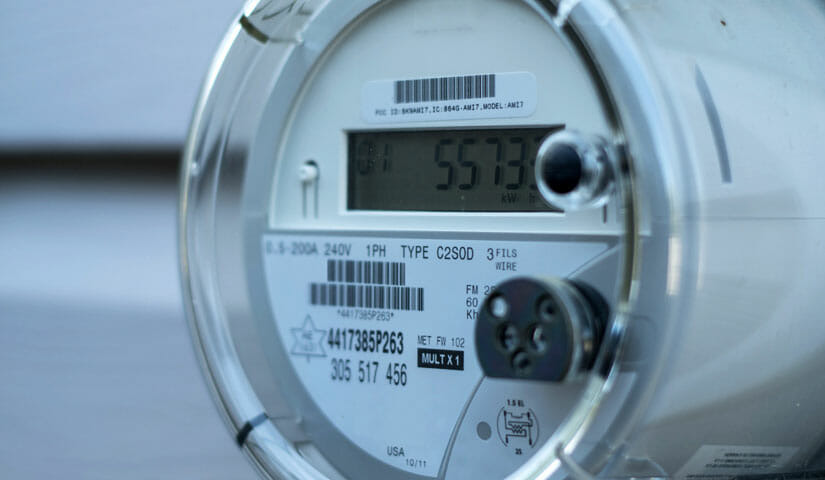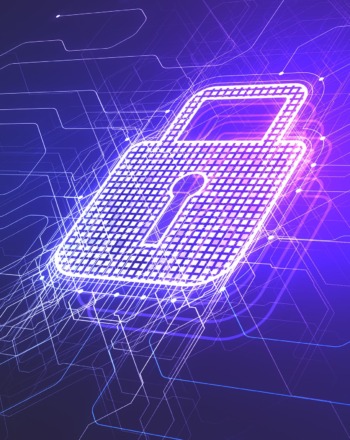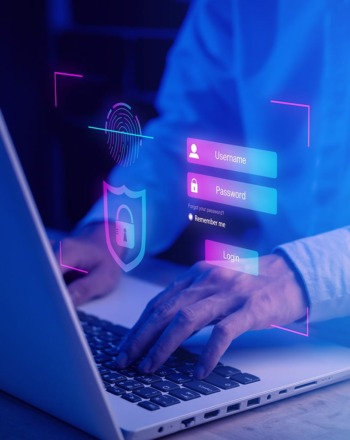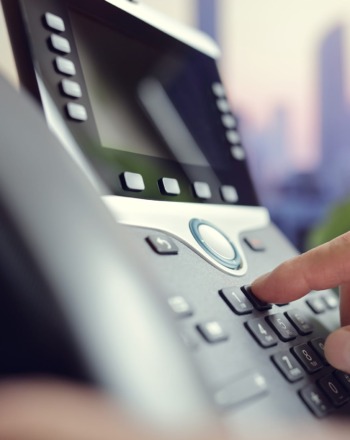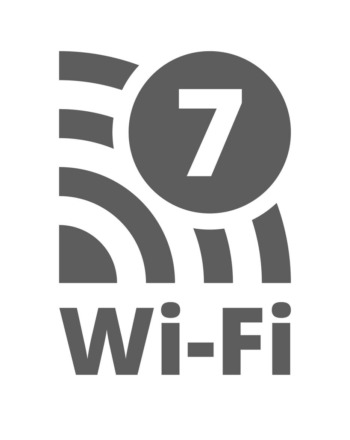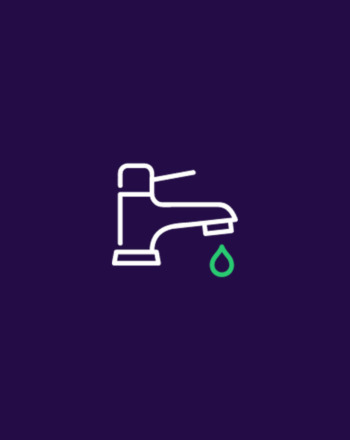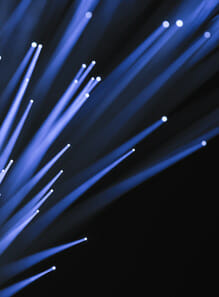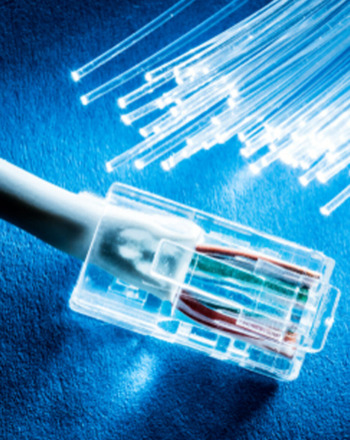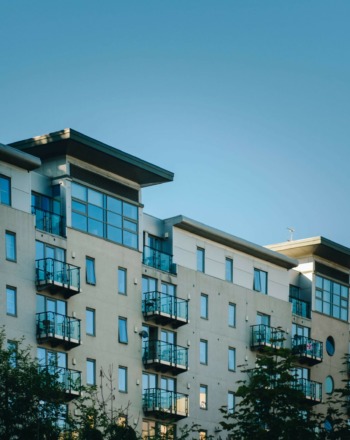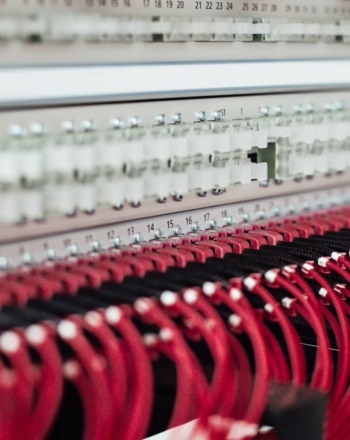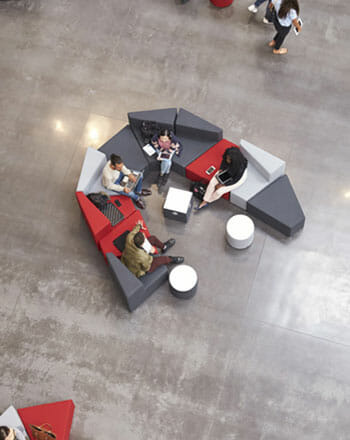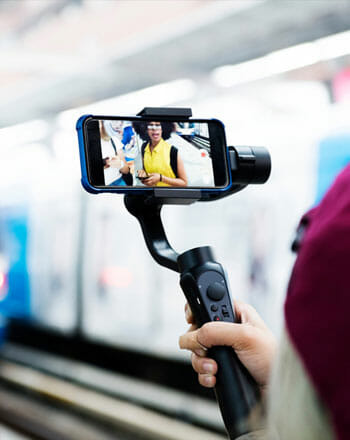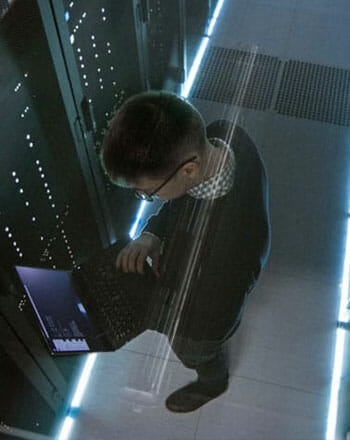2020, otherwise known as the year we stayed at home. Necessary lockdown measures have left millions of people living out their professional and social lives from the comfort of their living room, bedroom or home office. Amidst this increasing indoor time, energy-efficient homes have never been more important.
Not only are the environmental benefits crucial, but rising utility bills are also a strong cause for concern in light of current economic challenges. Statistics show that total energy consumption was 1.8% higher in the first quarter of 2020 compared to the same period in 2019. It’s likely that this was influenced by the increase in remote working and home entertainment during the UK’s initial lockdown due to the Coronavirus pandemic.
There is now also a focus on how landlords can support their tenants with the right technology, to reap long term benefits and provide a more environmentally-friendly experience. Demand is only set to continue and energy efficiency can help relieve pressure on electricity grids, while also having the potential to boost much needed economic growth. The question is, what more needs to be done to combat the effect of rising indoor times on energy consumption and efficiency?
Accurate bills = added customer value
Accurate bills have traditionally been a point of friction between landlords and tenants. Landlords want an accurate view of consumption, whilst tenants want the cheapest payouts. Against a backdrop of economic uncertainty, smart technologies are just one way to bridge these gaps. Through the adoption of sophisticated technologies such as smart metering, landlords are able to manage utility supplies to their residents, bill them accurately, and make sure they have a true insight into energy consumption in their properties.
For example, around 35% of UK homes had a smart meter installed in 2019, and with more people staying at home this will become a popular piece of technology - not to mention an important component to upgrade the UK’s energy infrastructure and sustainability targets. Better still, they are relatively simple to request and install in each required property.
Smart metering allows energy usage to be monitored and sent straight to the supplier without the need for physical meter readings, which in the current climate is a huge benefit. This makes it possible to send specialist teams out almost immediately when problems arise and things need to be fixed. Smart meters also indicate what energy is being used, wherein the home and when through an in-home display, to help users keep one eye on their usage at all times with ease.
Although gaining insight into energy consumption is practical, it is only useful if it can be used to educate both the tenants and landlords on their role and how simple changes can have a significant impact on bills. For example, it is not efficient if you turn the heating up to the maximum level and then open the windows to cool down. This is something that is usually seen in student living and can be a very costly exercise and one that is bad for the environment.
By integrating these capabilities into buildings, landlords are able to offer their tenants a valuable customer experience and build a more positive relationship with the residents. Providing consumption insights into electricity, heating, water and gas use, as well as ensuring buildings are supplied at costoptimal tariffs will provide a level of stability now needed by landlords and tenants alike.
How to get started with smarter utilities
It is clear that post-COVID-19, landlords are going to be faced with a continued surge in utility bills as the new norm of working from home continues into 2021 and beyond. Therefore, they will need to find a way to simplify and centralise energy efficiency. Not only this, but the colder winter nights drawing in and cancelled Christmas plans, also mean that people are spending more time at home and in front of the TV, meaning a surge in electricity and heating consumption. Arguably, this time of year is an ideal time to make the switch to smart and see instant benefits.
With that in mind, there are some quick and simple actions that landlords and agents can take to stand the test against rising indoor time:
- Assess your current usage - The first step towards smart metering is to understand the energy usage in your properties and assess the accuracy of past gas and electricity meter readings. Taking meter readings can often slip the mind of tenants, meaning that bills will be based on estimated readings and can create questions over increased bills. Removing this step is the first step towards safer and more seamless remote energy monitoring for all.
- Mitigate costs with technology - By introducing smarter alternatives, landlords and tenants can play a key role in the step-change towards efficient fuel consumption, whilst saving money by being able to look at energy usage much more accurately and in real time. With incentives on both sides (efficiency for landlords and cheaper bills for tenants) introducing smart meters across a property portfolio can often be a worthwhile investment.
- Seek expert support - Thinking about smart meters, but not sure where to start? Some utilities providers are able to monitor the efficiency of smart meters on behalf of landlords and agents. Not only does this ensure they are working well, produce statements and bills quicker and more accurately, improving convenience and visibility for landlords. It also streamlines support, by enabling engineers to collect keys from the letting offices and work to a schedule that works best for them, significantly improving appointment success rates.
There is no denying that smart utilities are the future. In a world where physical distancing remains critical and time indoors set for the foreseeable, landlords who adopt a more intelligent way to monitor energy will be best placed for energy efficient homes, enhanced experiences and lower costs both now and in the future.

